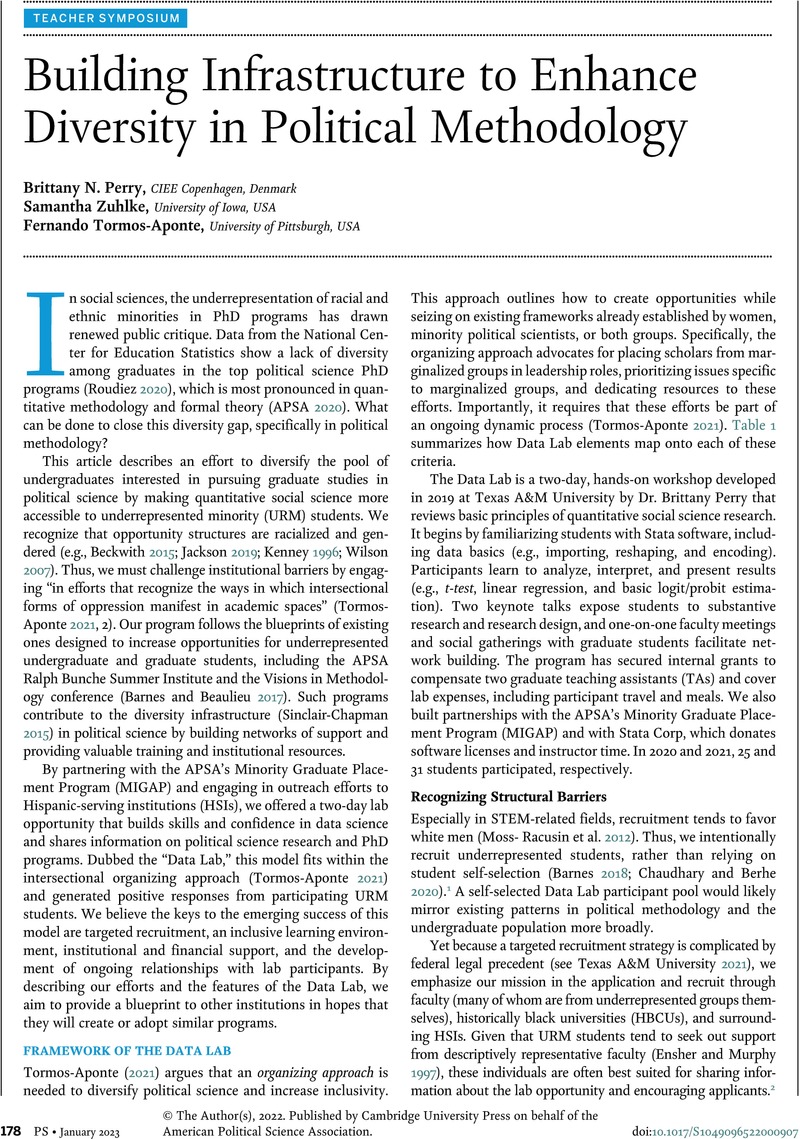Roudiez, Chris (chris roudiez). October 17,
2020. “And another!! Even with significantly smaller graduate programs, sociology and political science both produce significantly more Black and Hispanic PhDs. Very insightful comparison of graduate program diversity using IPEDS data by @chris roudiez.” Twitter.
https://twitter.com/TrevonDLogan/status/1317611597033050118/photo/3.
Google Scholar 